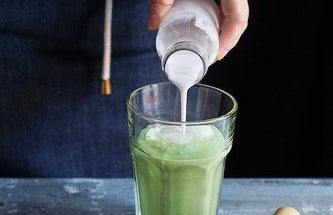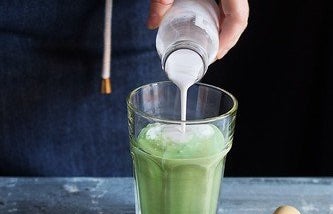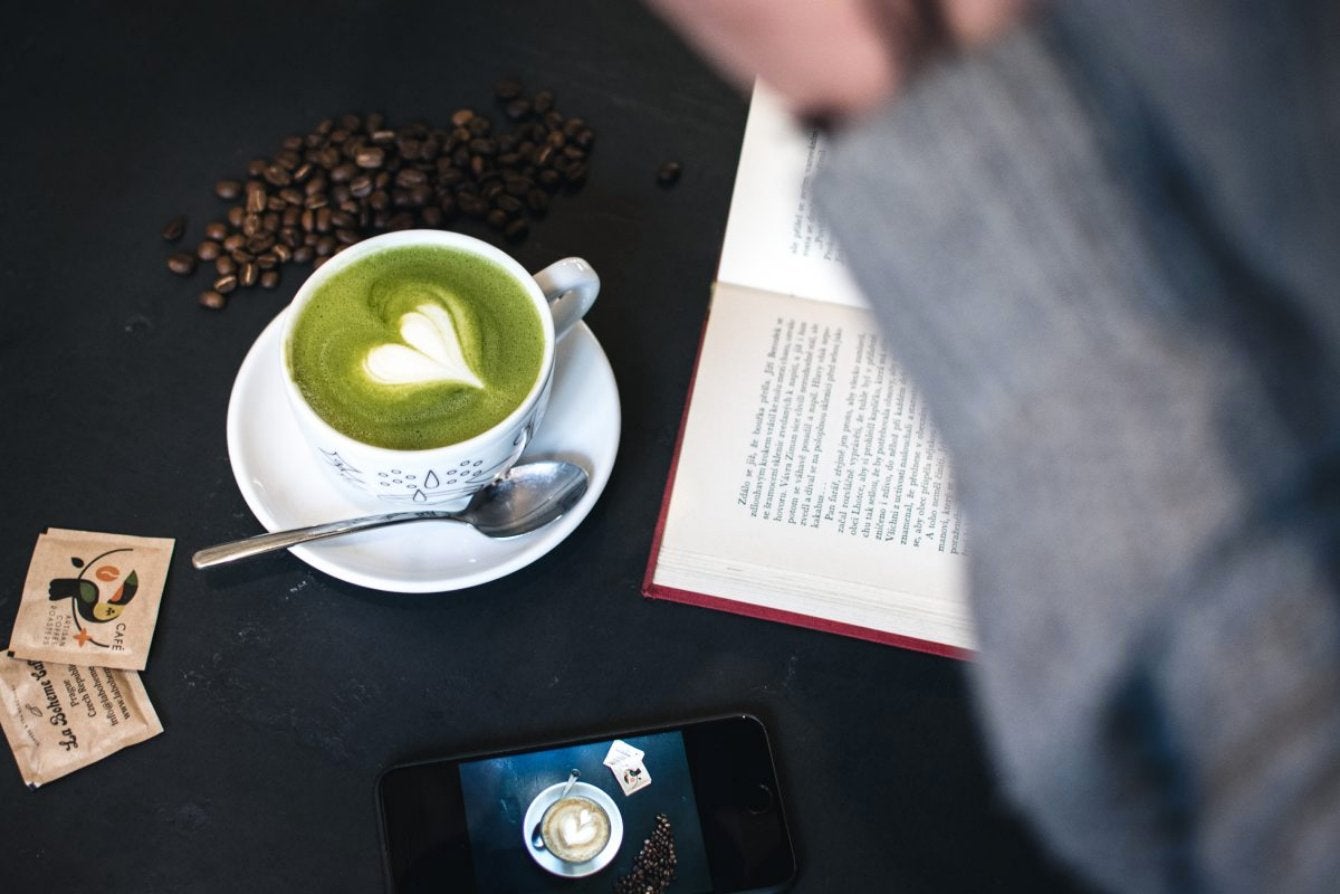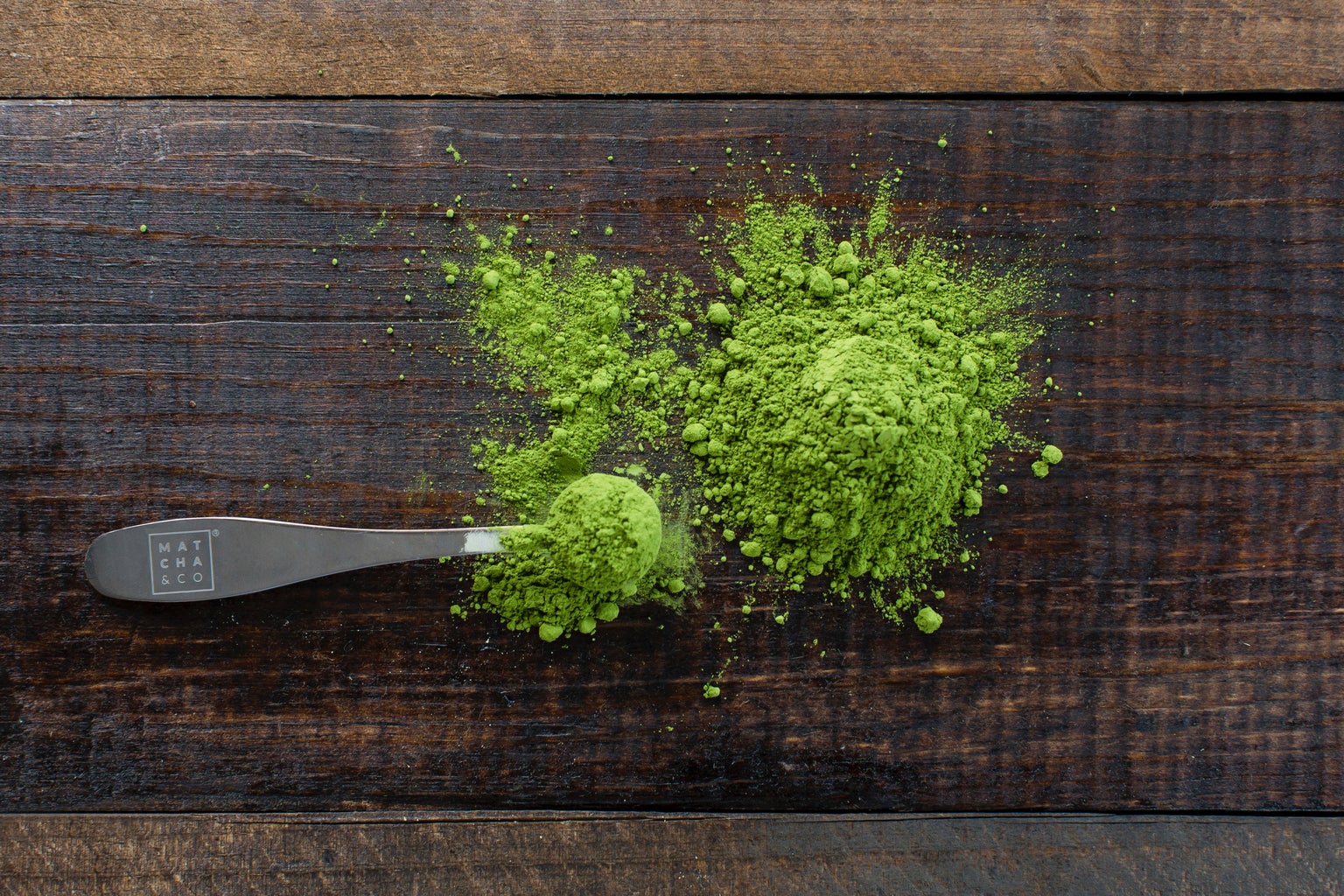People love matcha, but matcha is known to be a facade, a fake, an intruder. It poses with multiple health benefits and a smooth silky texture, but most of that’s NOT TRUE.
The best matcha comes from Japan, specifically from the Camellia Sinensis plant. The process of cultivating this plant takes a LOT of work. Let me take you through this enlightening process. First of all, matcha needs very specific conditions for soil and other such. It’s only able to grow in certain months of the year. It’s extremely high maintenance and needs to stay in the shade for about a month so that it can have the maximum amount of chlorophyll, which is essentially getting it the greenest it can be. (Please understand: matcha is like Sharpay Evans from High School Musical. A brat who thinks they can boss everyone around just because they cost a lot, and so they get treated, LIKE ROYALTY, for no absolute reason. Like staying under the shade?? Like the harvesting process?? Come on.)
Furthermore, there’s a special stone grinder used to grind matcha into a fine powder. That stone mill takes more than an hour to grind only fifty grams. (Most people consume 50 grams of matcha, in less than a month.) Then mixed with hot water for consumption. All that work for what, a green tea dupe? THAT’S MORE EXPENSIVE TOO. (Which we will get into later.)
Matcha is known to be a very acquired taste among people. Many websites and researchers describe the taste to be ‘frothy and earthy.’ Another source suggests, ‘Green matcha is very dark green, and it tastes green.’ An orange doesn’t taste orange. Blueberries don’t taste blue. It’s just strange that some people enjoy tasting green. If the taste of matcha isn’t preferred, people suggest making it into a latte by adding milk and sugar. Let’s look at the logistics. A lot of people choose to drink matcha for that ‘green’ taste but also add in fats and sugars, which disguises the taste of matcha. I’ll let that sink in.
The caffeine content of matcha green tea is more than regular green tea. Which, summarizing the side effects of caffeine, it’s bad. It has only about a ten-milligram difference, which might seem worth it, but the price and the labor for matcha are much higher compared to coffee. Even espresso has less caffeine than matcha.
The question to answer becomes what attracts you to matcha? Why do you drink it? I mean green tea becomes an alternative. However, Yerba Mate, a type of herbal tea, has more antioxidants, is less expensive, and has a healthy amount of caffeine that could wake you up. Yerba mate is known as ‘the drink of the gods.’ Kombucha can also be a nice substitute. The most enticing is Golden Milk. Easy to make, and sounds surprisingly good.
The point is, that you deserve better than matcha. Like, don’t get lost in the illusion. Matcha is just manipulating you. You can do so much better, there are so many things out there. You haven’t explored the world yet. It’s hurting you. And you don’t even know. So, BE BETTER. I’ve laid out why matcha sucks for you. Whether you take it to heart or not, that’s up to you.




